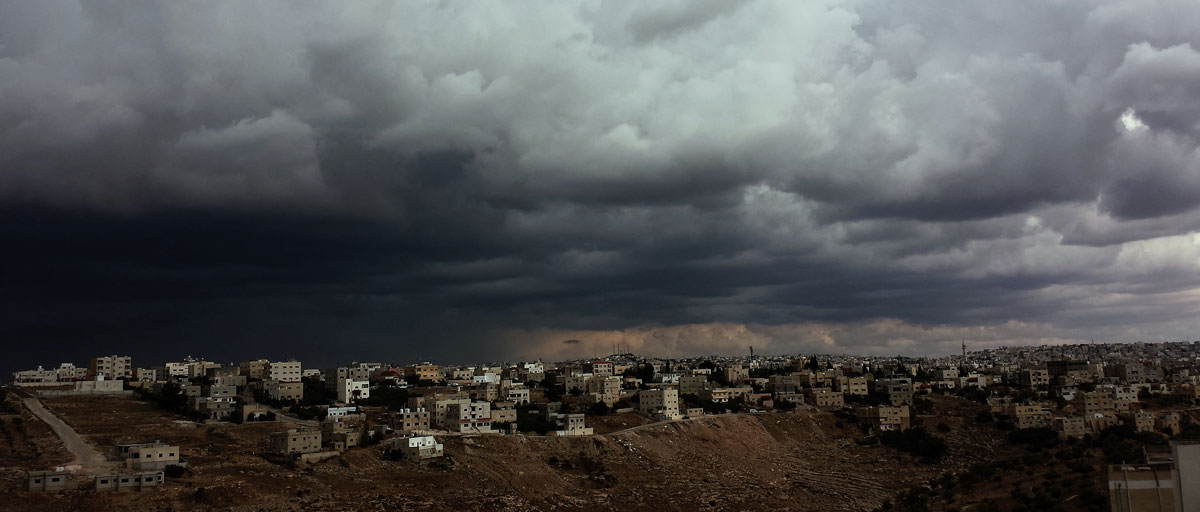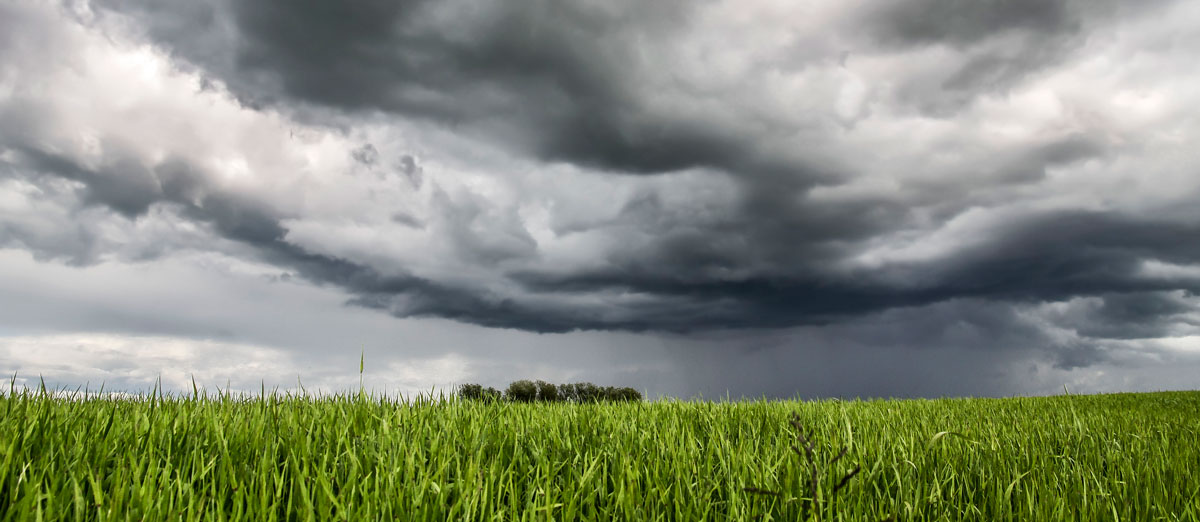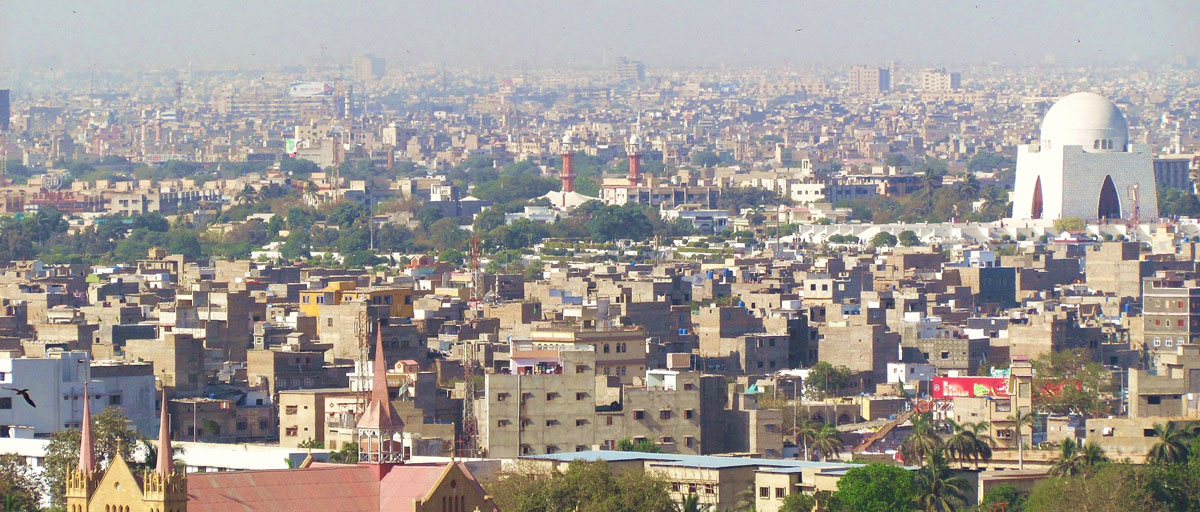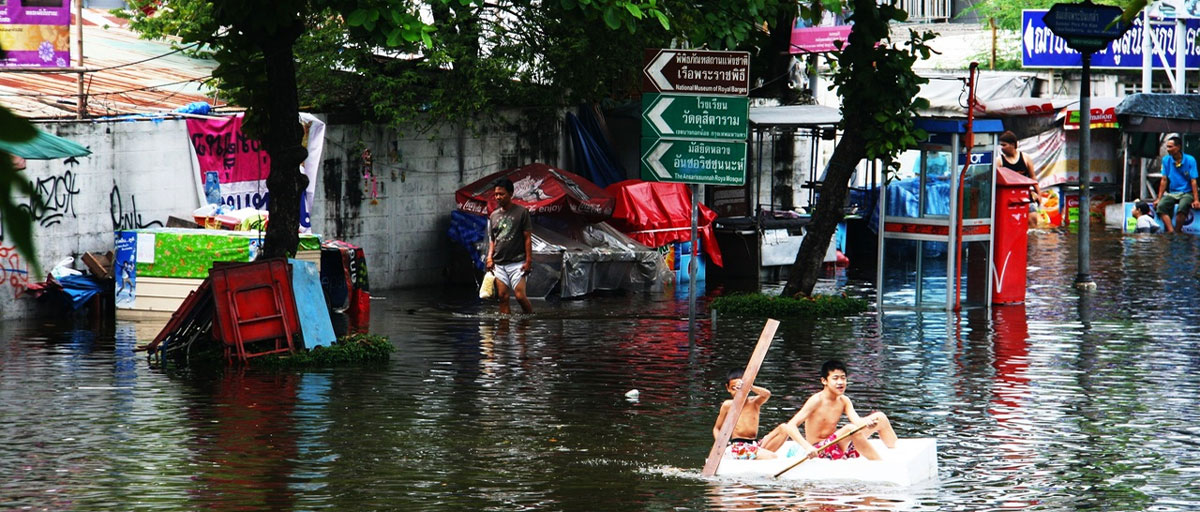Bildtext får vara max två rader text. Hela texten ska högerjusteras om den bara ska innehålla fotobyline! Photo: B. Christensen/Azote
WATER SECURITY
Invisible resilience in the Anthropocene
Uncovering society’s hidden footprint on the water cycle and its implications for future water security
- Study investigates the impact that society’s actions on land can have on the process of water evaporating from the land, flowing through the atmosphere, and falling out as precipitation elsewhere
- The authors suggest that it is important to understand how human impacts on land can disrupt this cycle and threaten long-term water security and resilience
- They highlight ways certain landscapes shape and are shaped by the circulation of water
Water scarcity is one of the most pressing issues of our time. This is why a major focus for society-nature relations is how to increase water security. Warnings about the degree of water loss are typically observed through visible changes such as in river flows. But these are not the sole indicators of water loss.
This is the theme of a recent article published in Water Security, which investigates the impact that society’s actions on land can have on water recycling - that is the process of water evaporating from the land, flowing through the atmosphere, and falling out as precipitation elsewhere.
The article is led by Patrick Keys of Colorado’s School of Global Environmental Sustainability in collaboration with centre researchers Miina Porkka, Lan Wang-Erlandsson, Ingo Fetzer, and Line Gordon along with Tom Gleeson of the University of Victoria’s Department of Civil Engineering.
Patrick Keys is a former PhD student at the Stockholm Resilience Centre.
This is particularly urgent, as moisture recycling, through its influence on precipitation, has profound implications for humanity – from agriculture, forestry, and urban water security to regional climatic stability and Earth system resilience.
Patrik Keys, lead author
Out of sight out of mind
Most causes of water scarcity are not so easily detected. These invisible sources of water loss can be traced back to society’s actions on land, such as increasing deforestation and agriculture. This is because water evaporates from the land and ocean into the earth’s atmosphere before it eventually converts into precipitation.
As the authors point out, “Moisture recycling and human interactions are only beginning to be understood.” Yet, this invisible water cycle is responsible for an enormous amount of human water use.
The authors suggest that it is important to understand how human impacts on land can disrupt this cycle and threaten long-term water security and resilience.
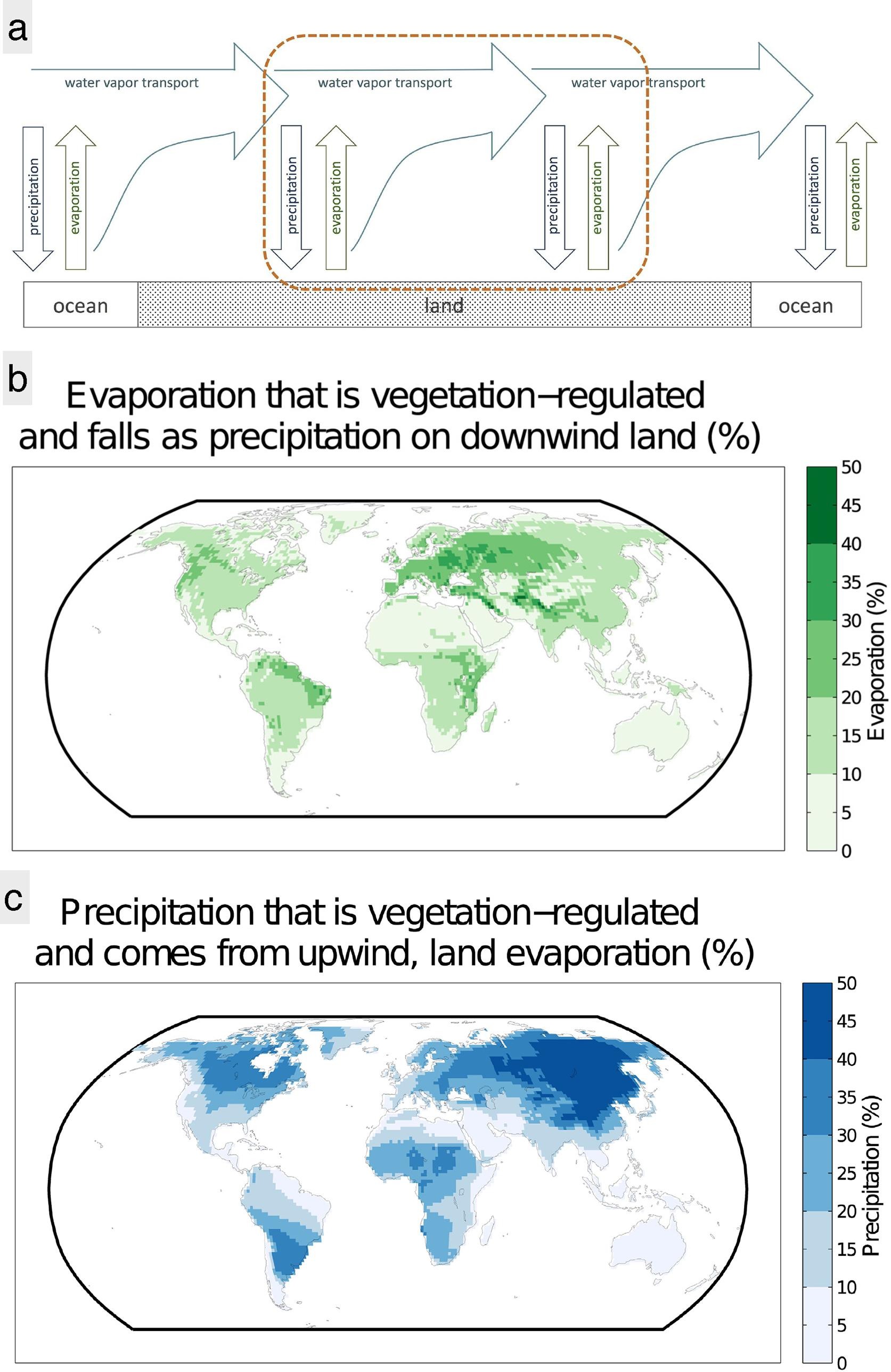
Moisture recycling: (a) the flow of water that has evaporated from the Earth’s surface and falls back as precipitation; while the ocean provides 60% of the precipitation falling globally on land, the orange box denotes the focus of this article, i.e. the land-to-land component, which provides 40% of terrestrial precipitation; (b) the percent of total evaporation that is regulated by vegetation for precipitation on land elsewhere; and (c) the percent of precipitation that is dependent on upwind vegetation regulation. Click on illustration to access scientific study.
Learning from nature for lasting resilience
The researchers propose directing efforts to strengthen water security by fostering and stewarding this process of water recycling. But how does this work in practice? Here, they highlight ways certain landscapes shape and are shaped by the circulation of water:
Tropical rainforests increase the recycling of water through tree roots tapping into a deeper source of water and saturating the soil. This is why deforestation dramatically decreases moisture levels. For example, “In parts of the Amazon and Congo, up to 50% of the forest precipitation originates from the forest itself.”
In drylands and savannahs, plants indigenous to the region have a natural ability to conserve water to cope with the stressors of dry climates and hot temperatures. This helps store water and enhances the amount of moisture taken up by the atmosphere. Without these plants, the environment is more vulnerable to extreme climate conditions.
Rainfed agriculture sustains most of the world’s food production. By encouraging this natural level of water recycling, plants can release water that will return to the soil.
Irrigated agriculture acts as a main source of rainfall through this moisture recycling process, especially in dry regions such as East Africa. Although, the authors point out how this can give a “false sense of water security” and actually leads to increased runoff, wasting water long-term.
River flows are also influenced by human life on land, considering the impacts of deforestation and irrigation, which upset the balance of water flowing from land into rivers and affecting evaporation.
Megacities and urban populations in general can benefit from learning more about how to maximise this invisible water recycling to increase water security.
Conserving water starts with the land
Recognising how life on land influences water security, the researchers suggest an urgent need to understand this process to inform water management. Combining this knowledge with ongoing sustainability efforts provides a path towards a water-secure future.
“Consequently, we must understand how changes in land use, modification of surface and groundwater systems, agriculture and urbanization are not only changing terrestrial landscapes, but are altering vital planetary water flows,” they conclude.
Keys, P.W., Porkka, M., Wang-Erlandsson, L., Fetzer, I., et.al. 2019. Invisible water security: Moisture recycling and water resilience. Water Security Volume 8, December 2019, 100046

Lan Wang Erlandsson is a postdoctoral researcher focusing on the large-scale interactions between land, water, and climate, and their implications for resilience.
